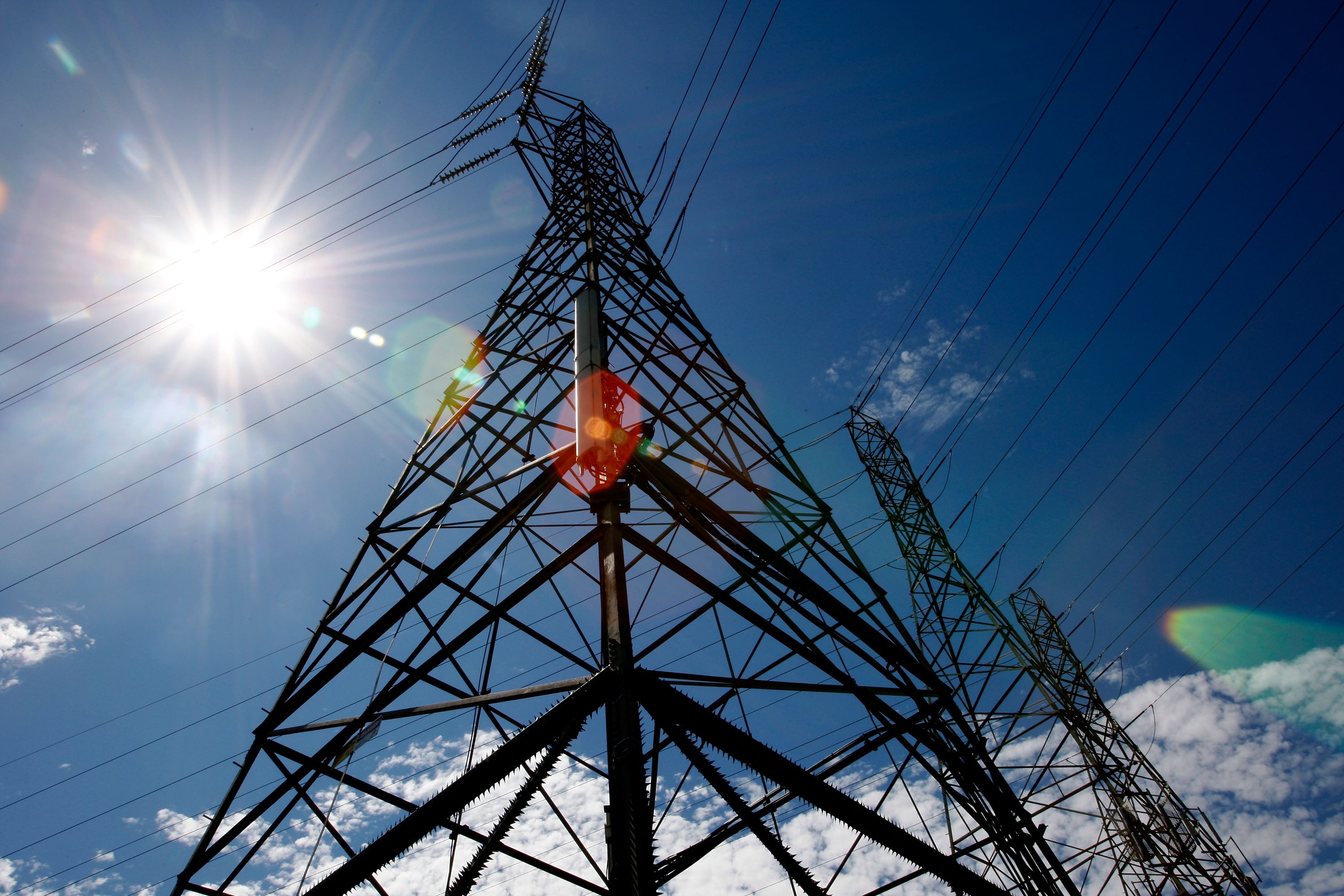According to local news outlet, prices for electricity fees are expected to hike between 17 to 30 percent starting July 1. The change, in line with the government’s plan to gradually removing power subsidies, will manifest in the August electricity bills as per Electricity Minister Mohamed Shaker. Moreover, the government has decided to gradually remove power subsidies over three years rather than solely in the fiscal year 2018-2019 as to not overburden a population reeling economically from the COVID-19 pandemic. The price hike, similar to one implemented in 2018, is a consequence of subsidy cuts, tied to the country’s $12 billion IMF loan programme. According to Al Ahram, the subsidy lifting delay will cost the government EGP 26.7 billion (approximately $1.64 billion). Indeed, household consumption accounts for over 41 percent of total power use while industrial consumption accounts for approximately a third of the country’s power use. Similar to the previous electricity tariffs, the price hike is categorized into sectors depending on consumption. The new electricity prices for the fiscal year are as follows: 1- The first sector, which consumes from 0 to 50 kiloWatt-hour (kWh), is charged 38 piastres…



